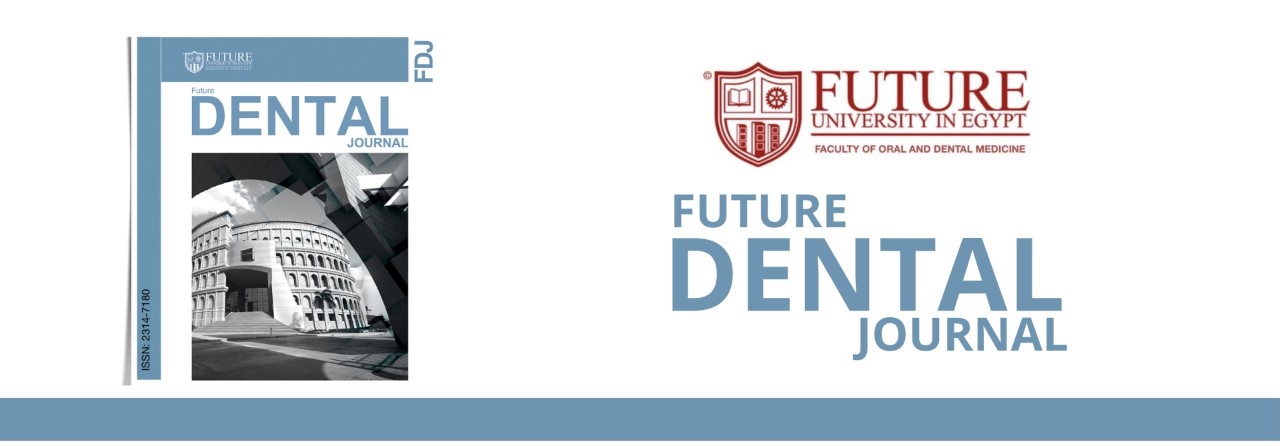
Abstract
Purpose: The objective of the study was to investigate the effect of different immersion times, in coloring liquid, and sintering temperatures on translucency of monolithic nanocrystalline zirconia. Materials and methods: Forty five specimens of nanocrystalline zirconia were obtained by cutting InCoris TZI blocks into slices using a stainless steel disc mounted on a custom made milling machine. The slices were divide into three groups (n ¼ 15) according to immersion times (3,5 and 7 min) then each group was further subdivided into 3 subgroups (n ¼ 5) according to the sintering temperatures (1400 c, 1500 c and 1600c). CIE-Lab coordinates were measured for each slice against black and white backgrounds using Vita easy shade spectrophotometer and translucency parameter (TP) was calculated. One way analysis of variance combined with a Tukey-post hoc test were used to analyze the data obtained (P ¼ 0.05). Results: Results of the present study showed that at temperature 1400 c there was statistically significant decrease in TP between 7 min immersion time and the other two groups, while there was no statistically significant difference in TP using different immersion times at temperatures 1500c and 1600c. Conclusion: Our results showed that the best translucency was obtained by the combination between lower dipping times and higher sintering holding temperatures.
Recommended Citation
Sabet H, Wahsh M, Sherif A, Salah T. Effect of different immersion times and sintering temperatures on translucency of monolithic nanocrystalline zirconia. Future Dental Journal. 2020; 4(1):84-89.

